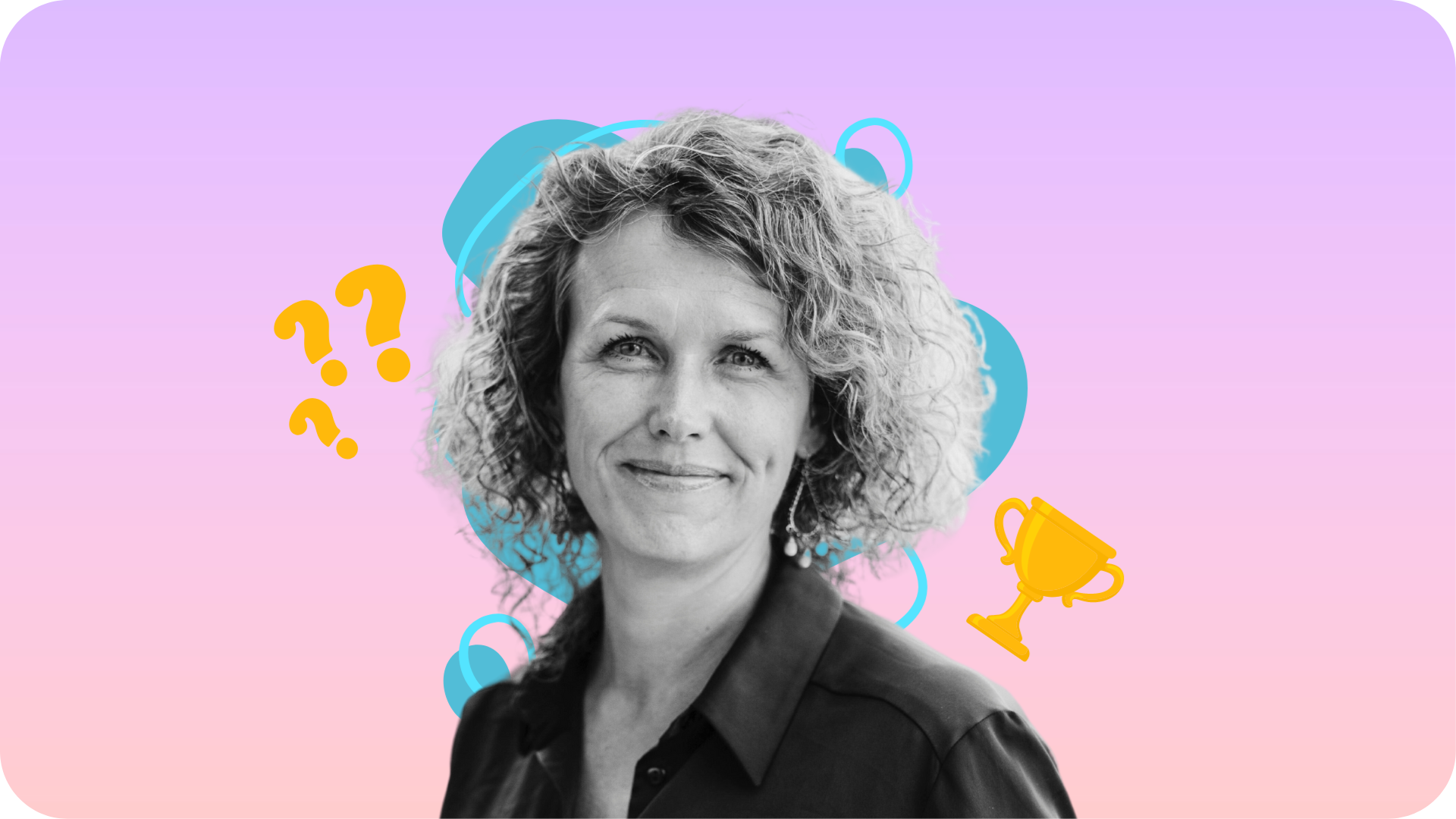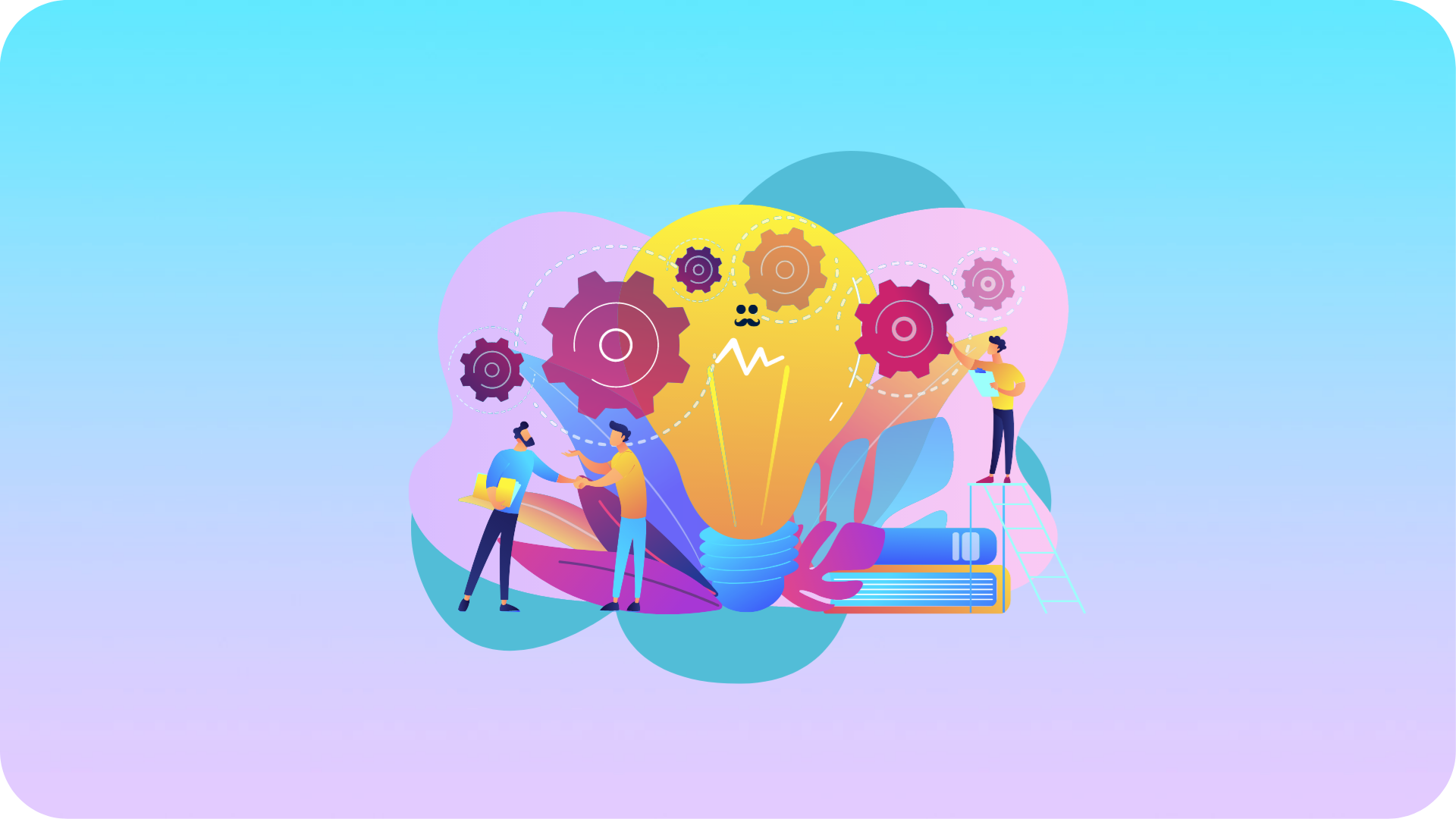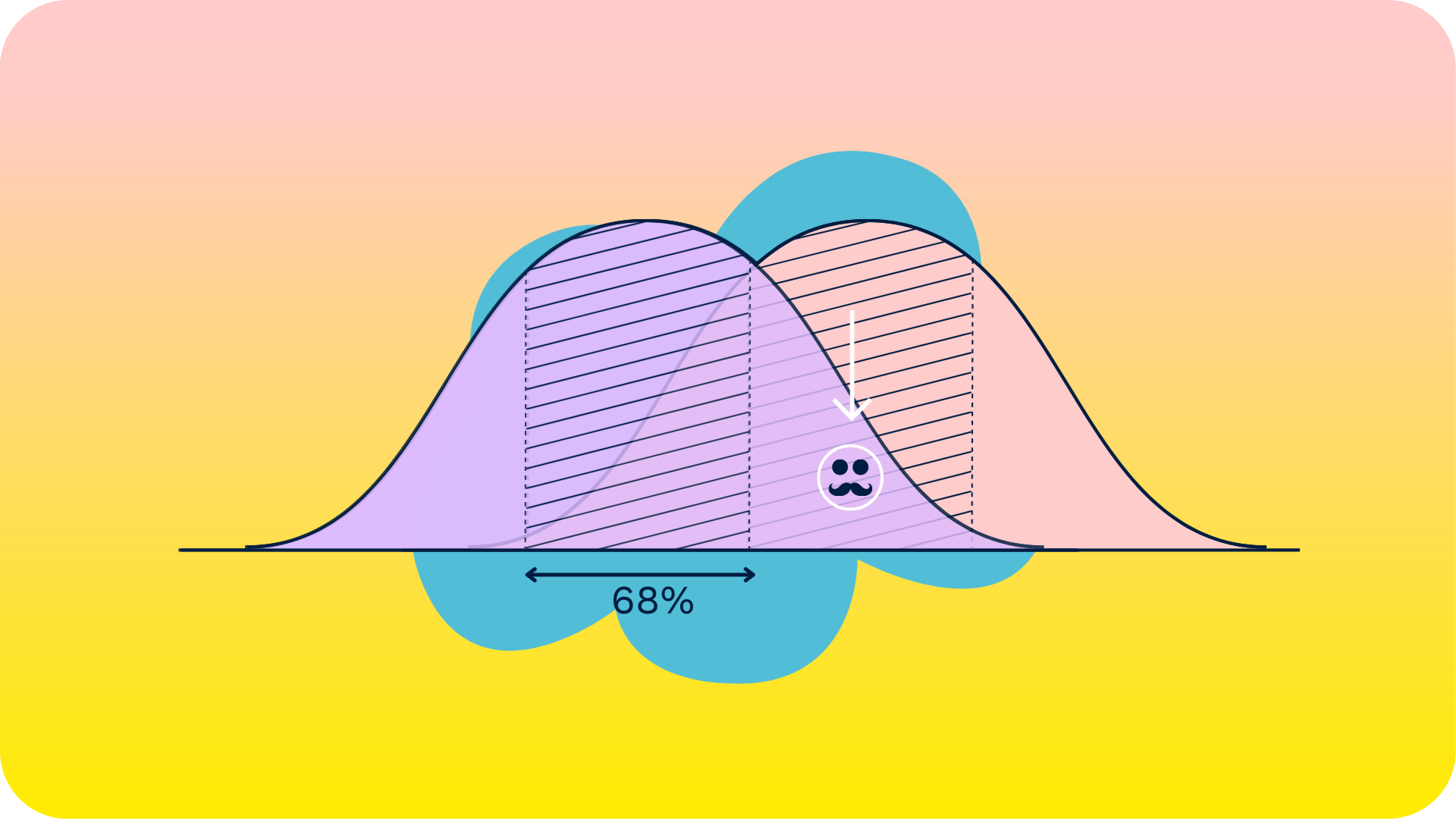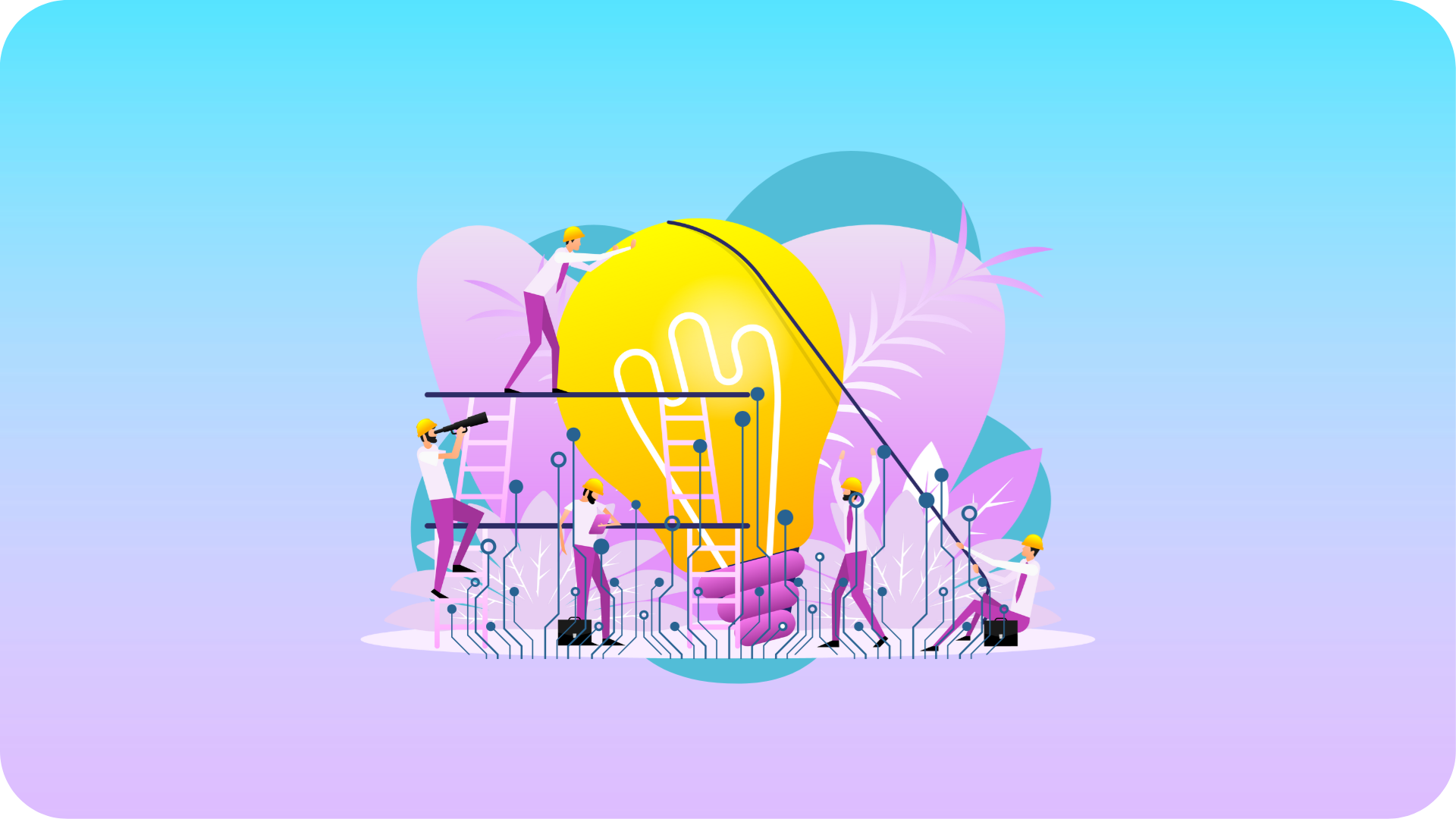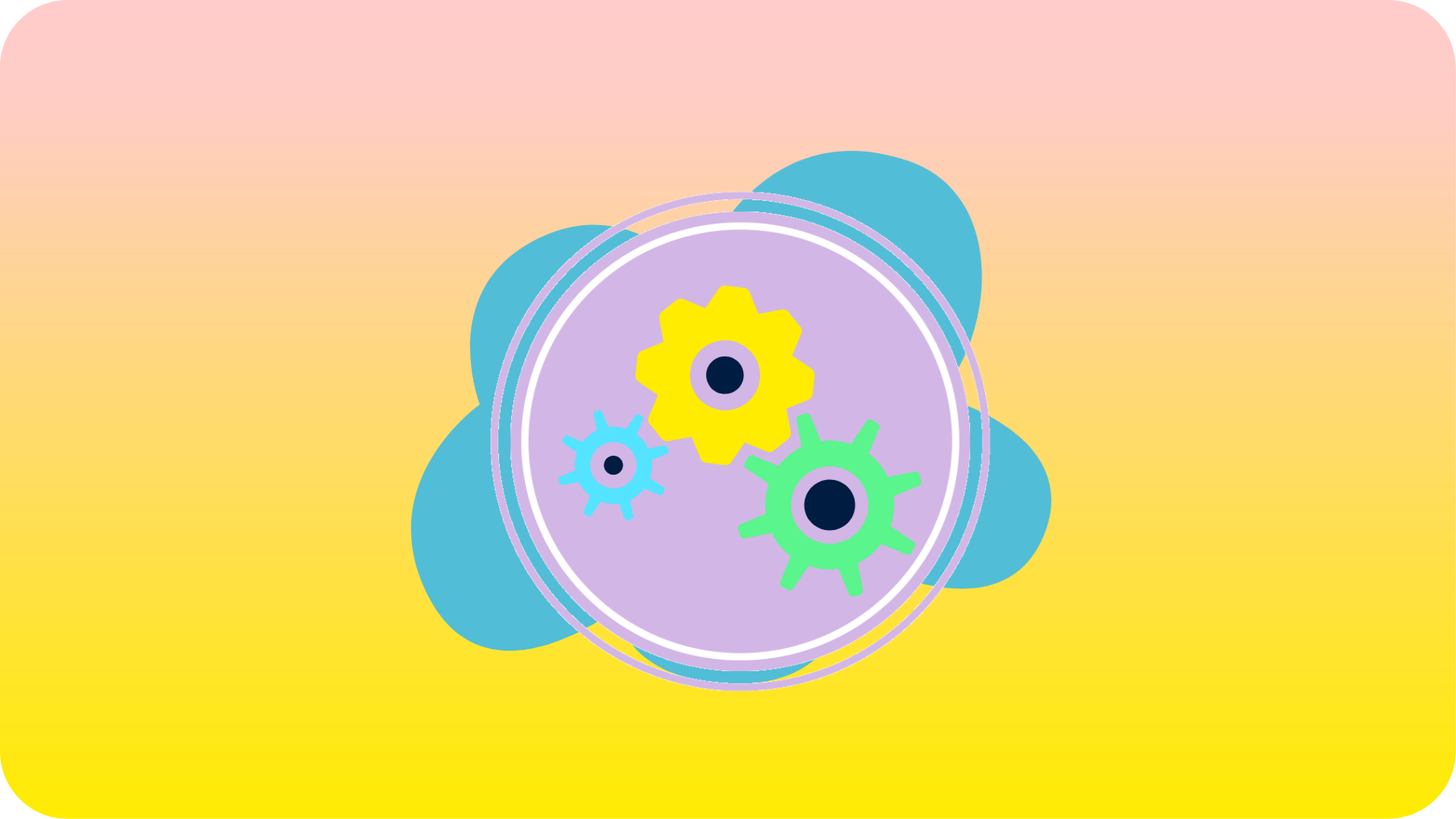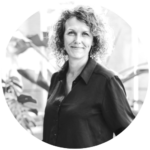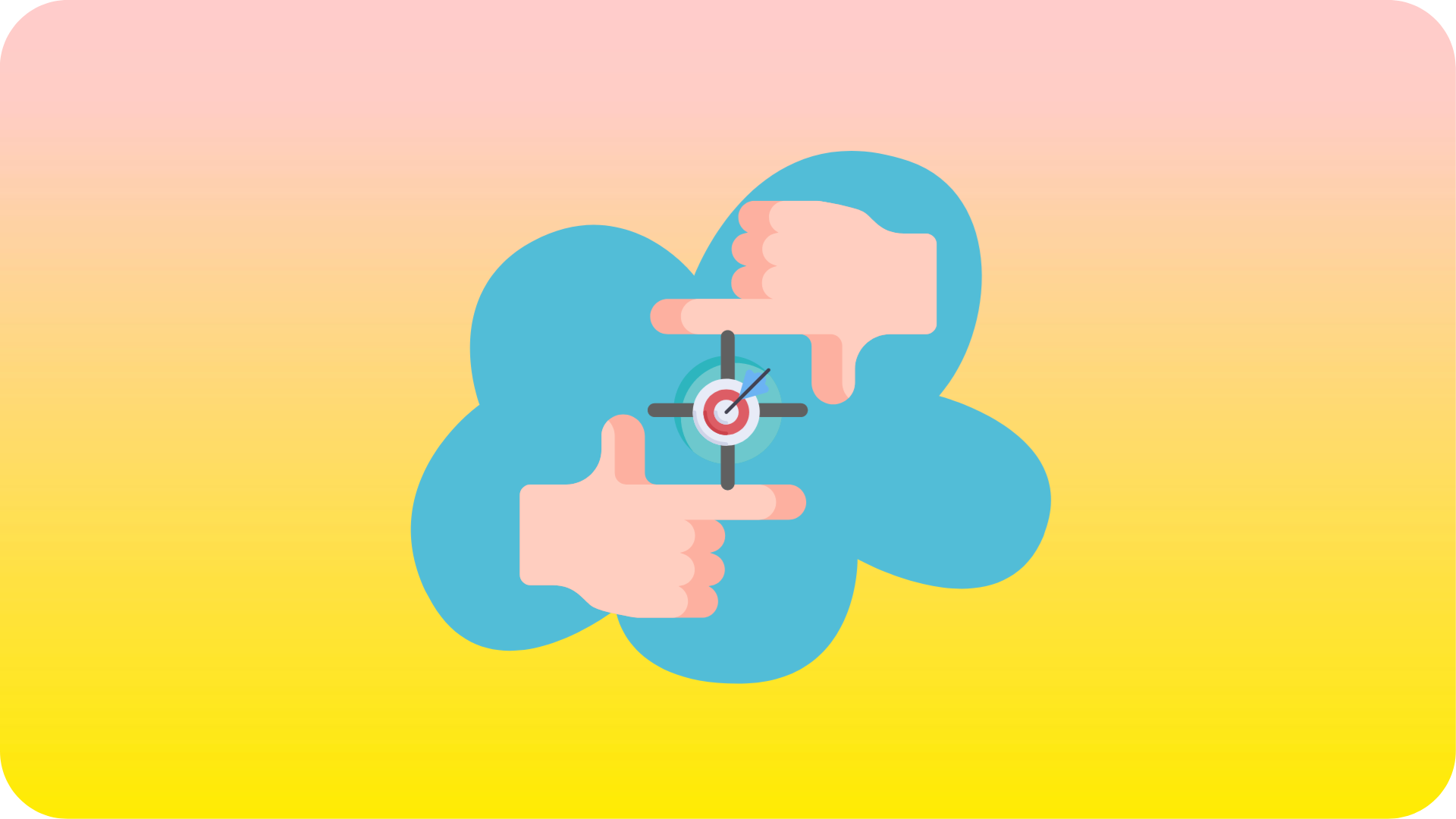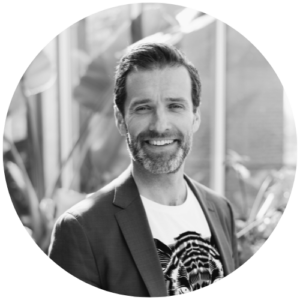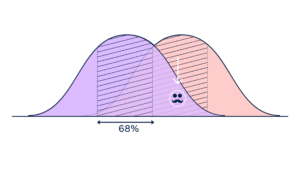Shaping a Better Tomorrow: Embracing Purpose-Driven Leadership
In today’s fast-paced and unpredictable world, the concept of true value goes beyond financial gains. It encompasses making a positive impact on society and contributing to the greater good. To achieve this, organizations need purpose-driven leadership that goes beyond the conventional “do no harm” mindset and embraces the philosophy of “do good.” But what is the essence of purpose-driven leadership and the transformative power it holds for organizations? And what steps can leaders take to align their teams with a shared purpose and drive lasting change?
Purpose-Driven Leadership
At the heart of purpose-driven leadership lies the ability to define and communicate a core purpose. It involves crafting a compelling narrative that resonates with individuals at all levels of the organization. A purpose-driven leader artfully articulates this purpose, ensuring that it is more than just a lofty statement but an actionable guide for decision-making and strategy development.
- Activating Purpose Throughout the Organization. Embedding purpose throughout an organization is key to unleashing its full potential. Purpose-driven leaders foster an environment that allows employees to connect with their intrinsic motivation. By understanding what drives their team members on a deeper level, leaders can tap into their passions and align their work with a greater sense of purpose. This connection sparks engagement, loyalty, and a shared commitment to driving positive change within the organization and beyond.
- Embracing Change and Breaking Old Habits. Becoming purpose-driven often requires breaking free from old habits and embracing change. As a leader, it is crucial to be mindful of this reality when charting the course for your organization’s future. Change can be unsettling, but by demonstrating a willingness to adapt, learning from past experiences, and fostering a culture of continuous improvement, purpose-driven leaders empower their teams to embrace change and contribute to transformative outcomes.
- Taking the First Step. Embarking on a purpose-driven journey starts with a small but significant first step. It requires leaders to have a clear vision of their organization’s purpose and values and to communicate them effectively. The initial step may involve identifying specific projects or initiatives that align with the organization’s purpose and focusing resources on making a tangible difference. By taking action and creating momentum, leaders can inspire their teams to rally behind the cause and contribute to meaningful change.
Conclusion
By defining and articulating a core purpose, activating it throughout the organization, and embracing change, leaders can drive lasting change and inspire their teams to make a positive impact. Taking that first step, no matter how small, is the catalyst for the journey towards becoming purpose-driven. So, what will be your first step? Embrace purpose-driven leadership and unlock the potential for success while making a meaningful contribution to the greater good.
Remember, the future is about generating true value, and purpose-driven leadership is the compass that guides organizations toward a better tomorrow.
